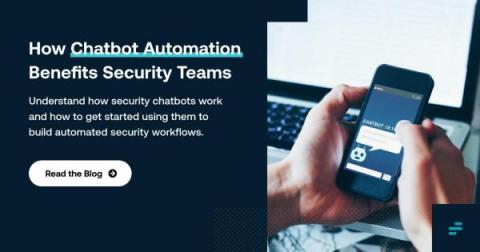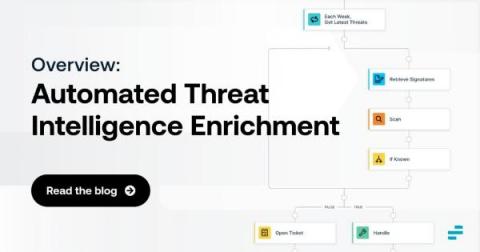Security | Threat Detection | Cyberattacks | DevSecOps | Compliance
Latest News
CVE-2022-31656 - Critical Authentication Bypass Vulnerability in Multiple VMware Products
An Introduction to Automation Basics
Automation is a powerful tool. With some foresight and a little elbow grease, you can save hours, days, or even months of work by strategically automating repetitive tasks. What makes automation particularly beneficial is that it eliminates manual interaction with multiple systems. Rather than manually uploading data to an event response system or notifying key support personnel of an incident, tying these tasks together through automation can reduce critical time and help resolve problems faster and more efficiently. But, before we can fill in the gaps between all of the platforms we are responsible for, we first need to understand how data moves around on the web and how we can use that process to our advantage.
The Top Cyber Attacks of July 2022
3 Big Takeaways From the Verizon DBIR 2022
How Chatbot Automation Benefits Security Teams
When you hear the term “chatbot,” your mind may at first turn to things like robotic customer support services on retail websites – a relatively mundane use case for chatbots, and one that is probably hard to get excited about if you’re a security engineer. But, the fact is that chatbots can do much more than provide customer support.
Incident Response: Compare Options for Your Organization
Automated Threat Intelligence Enrichment: An Overview
Discovering security threats is good and well. But, in many cases, simply knowing that a threat may exist is not enough. Instead, you also need threat intelligence enrichment. Threat enrichment plays a critical role in helping to evaluate and contextualize threats, root out false positives and gain the insights necessary to mitigate risks as efficiently and quickly as possible.











